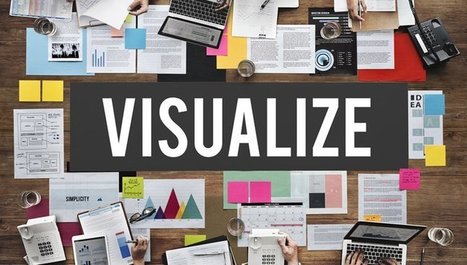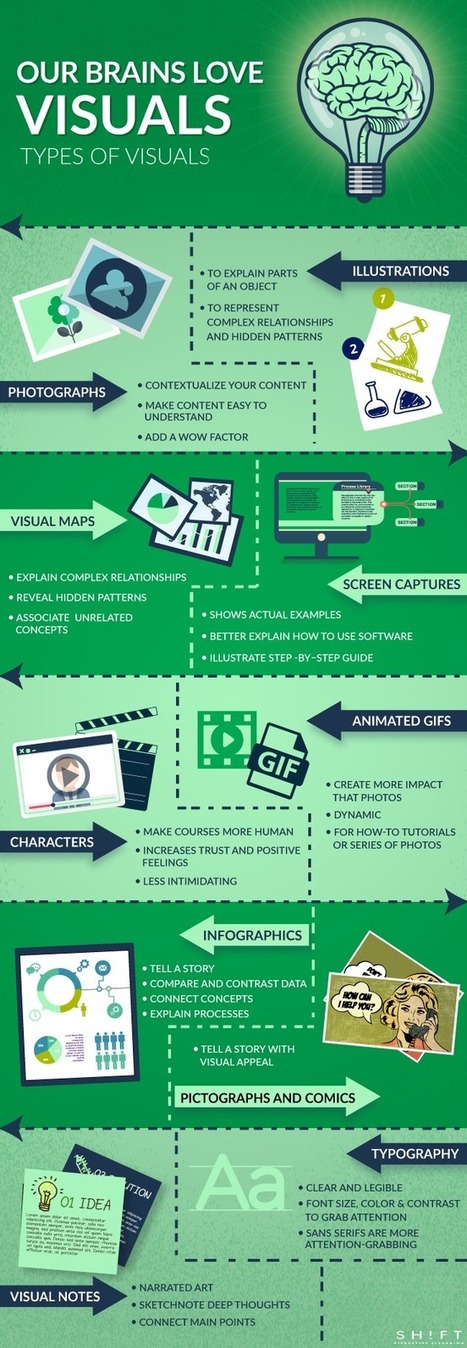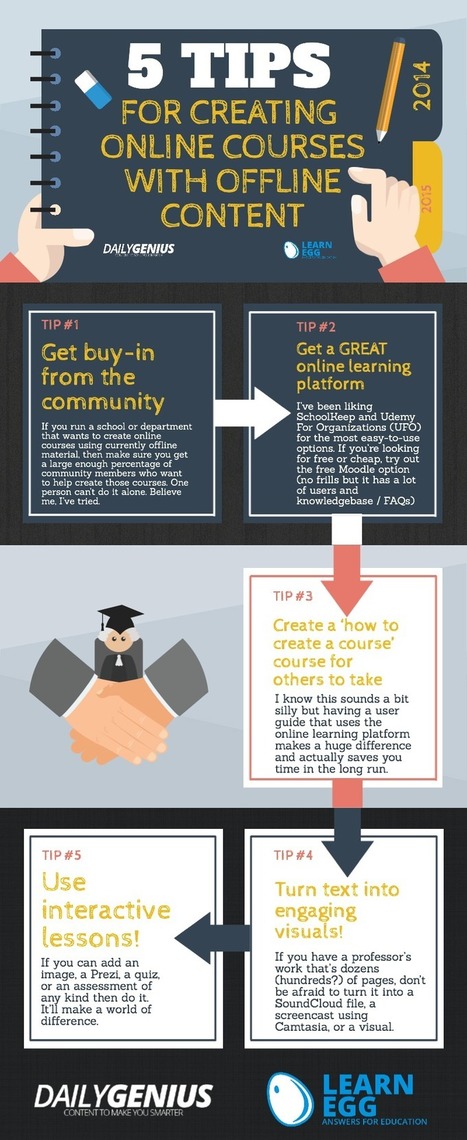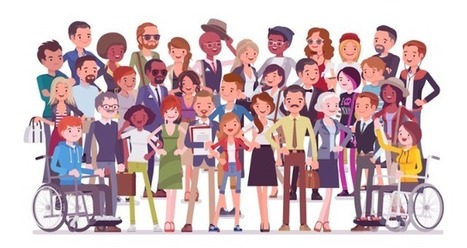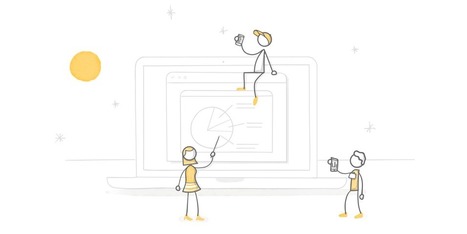"UNESCO coined the term ‘OER‘ back in 2002 to describe an initiative intended to bring about educational resources that were universally accessible. Open Educational Resources are described as ‘learning, teaching, and research materials in any media, digital or otherwise, that belong to the public domain, or have been released under an open license permitting free access, use, and adaptation, as well as redistribution by others without restriction.’"
Via EDTECH@UTRGV, Elizabeth E Charles



 Your new post is loading...
Your new post is loading...




